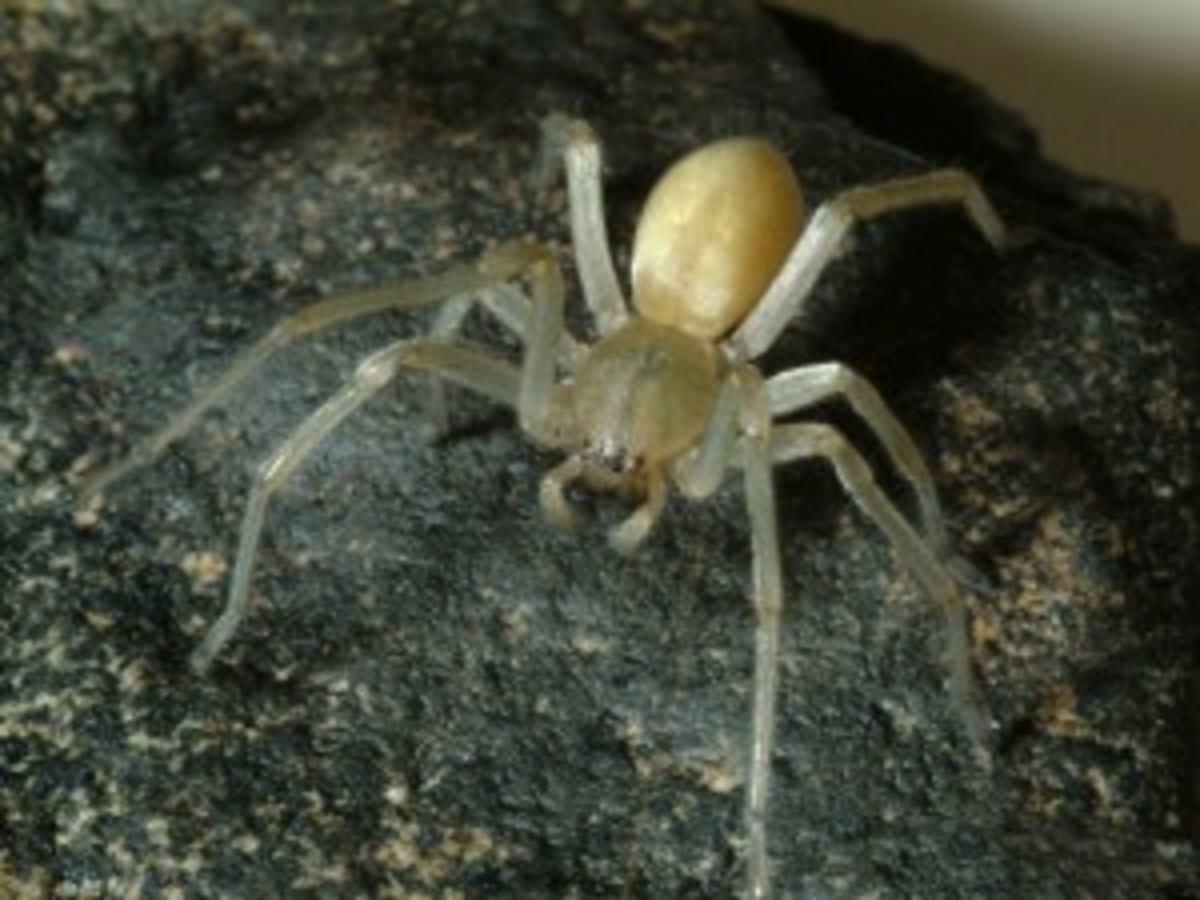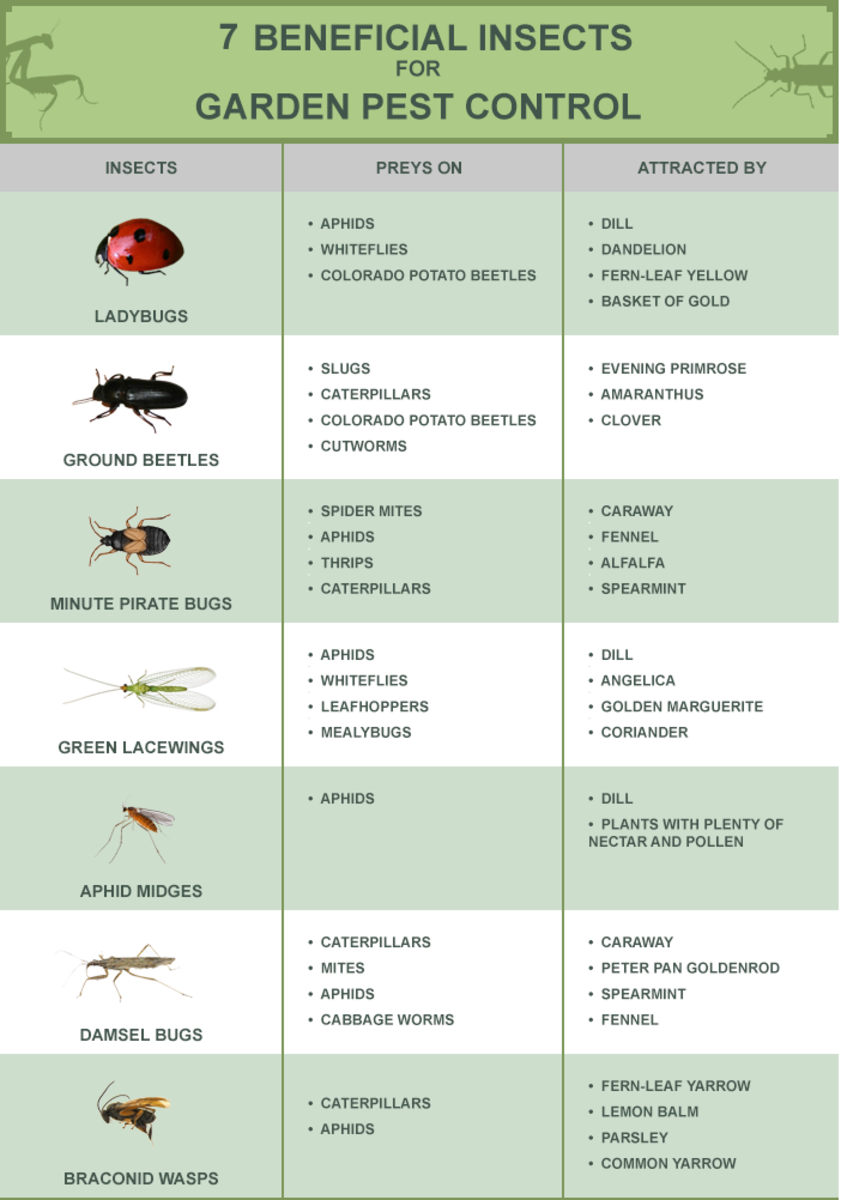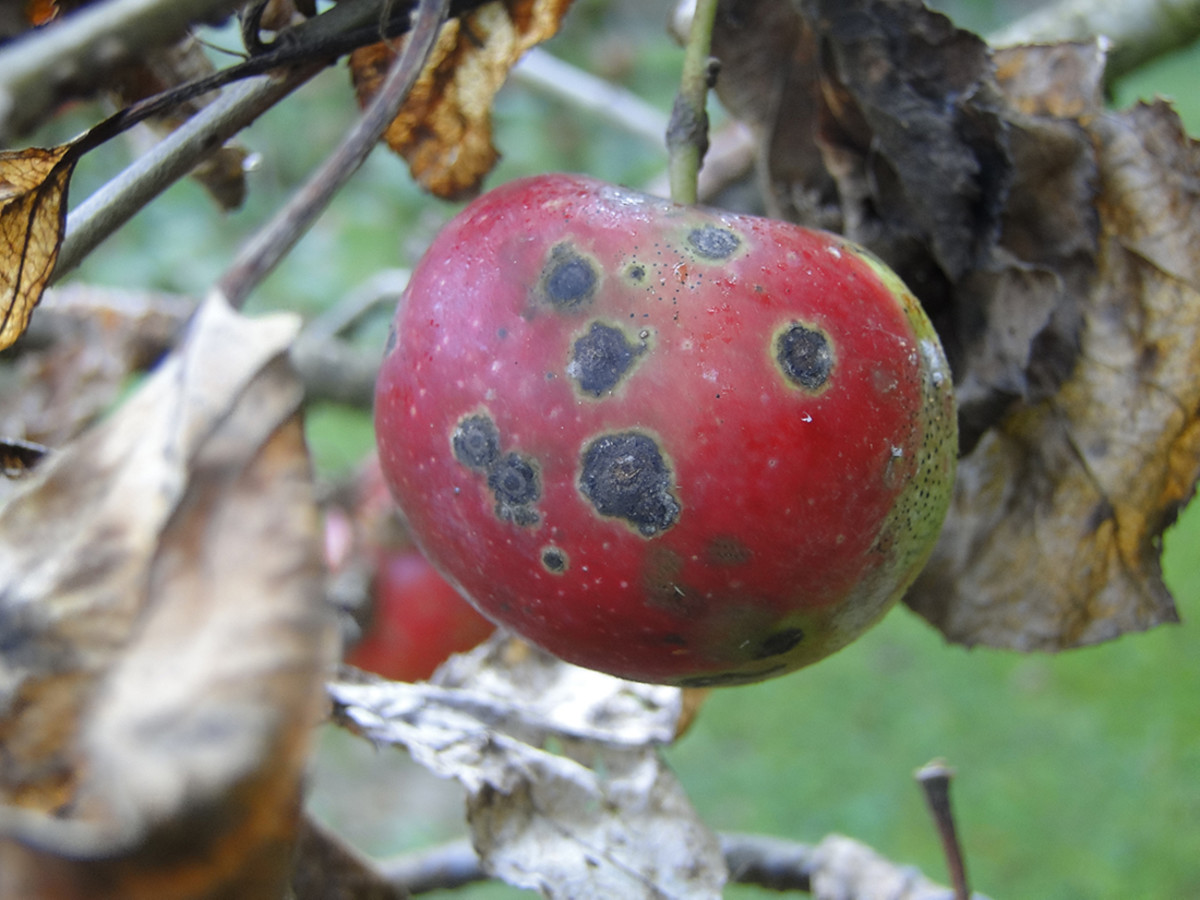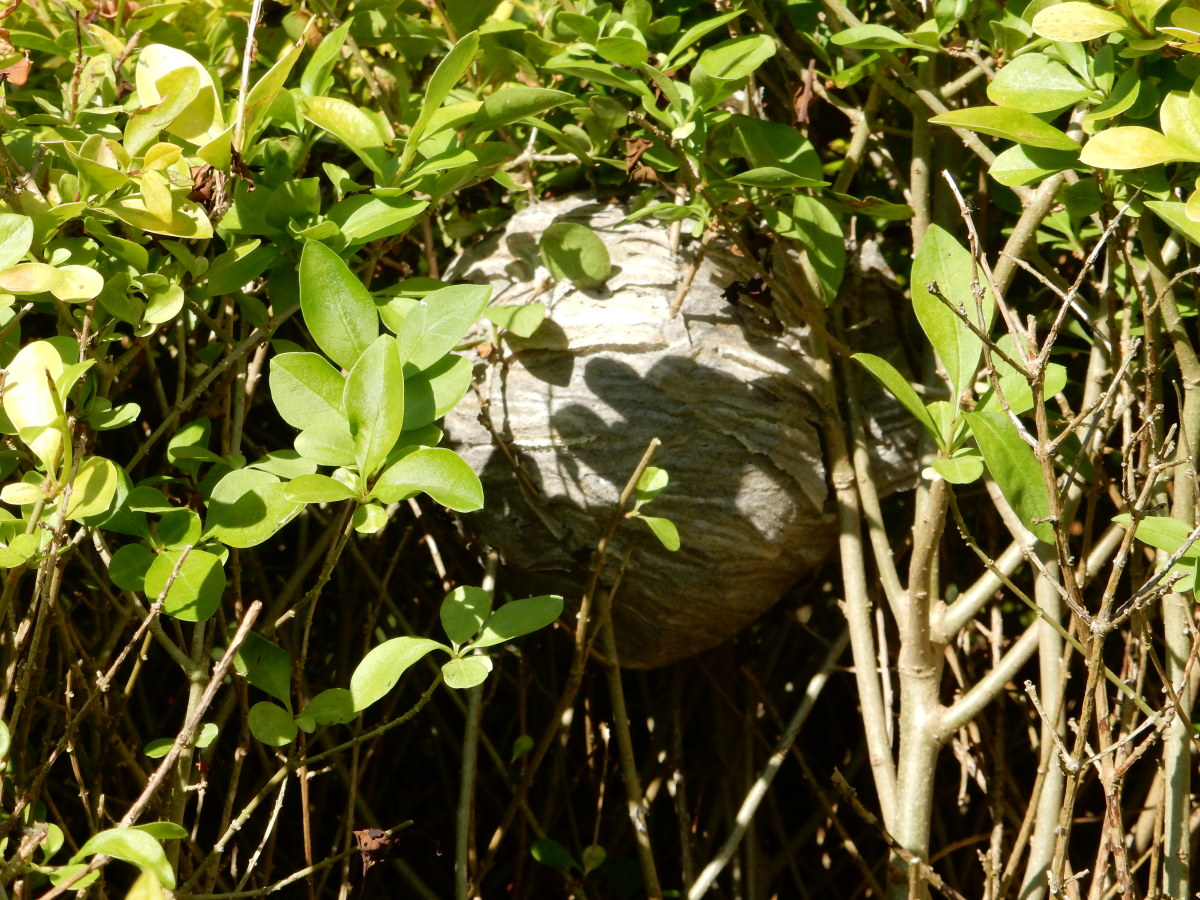Controlling Spider Mites
Spider Mite Under Magnification

Spider Mite Overview
Spider mites are members of the mite family which includes about 1,200 species. Spider mites like to live on the undersides of leaves where they spin protective silk webs. Spider mites have mouth parts similar to tiny hypodermic needles that puncture and draw moisture and nutrients from vegetation.
Large infestations easily become a serious problem and can quickly kill plants within a relatively short period of time. Spider mites reproduce rapidly, are difficult to see with the naked eye, and can become a large infestation in a matter of days. There are several methods to control spider mite infestations with each method having pros and cons.

Spider Mites & Webs

Predatory Mites
Biological Control of Spider Mites
Biological controls consist of predators that keep pest populations in check. Predatory mites of spider mites are considered a very efficient control measure and can prevent outbreaks from ever occurring. Predatory mites are about the same size as spider mites but are more active and aggressive.
Minute pirate bugs, bigeyed bugs, lacewing larvae, and spider mite lady beetle destroyers are a couple other predatory controls. Purchasing and releasing predatory mites can be very useful in controlling spider mite populations in large plantings and landscapes. Although, the best results are obtained by creating favorable conditions for naturally occurring predators to inhabit. Avoiding dusty conditions and insecticide sprays will greatly improve the population of natural spider mite predators. The most common predator mite available for purchase is the western predatory mite. The western predatory mite is efficient in dry and hot conditions. Predatory mites don’t feed on foliage or become future pests. The predatory mites must have spider mites to feed on immediately after release otherwise they will starve to death or migrate to other areas in search of prey.
Using insecticidal soaps or selective miticides before introducing predatory species will greatly enhance a biological control. A ratio of one predatory mite to ten spider mites is a good ratio for control. Predator populations can stick around indefinitely if prey is available year after year and future control of spider mites will preexist without human intervention.

Spider Mite Webbing
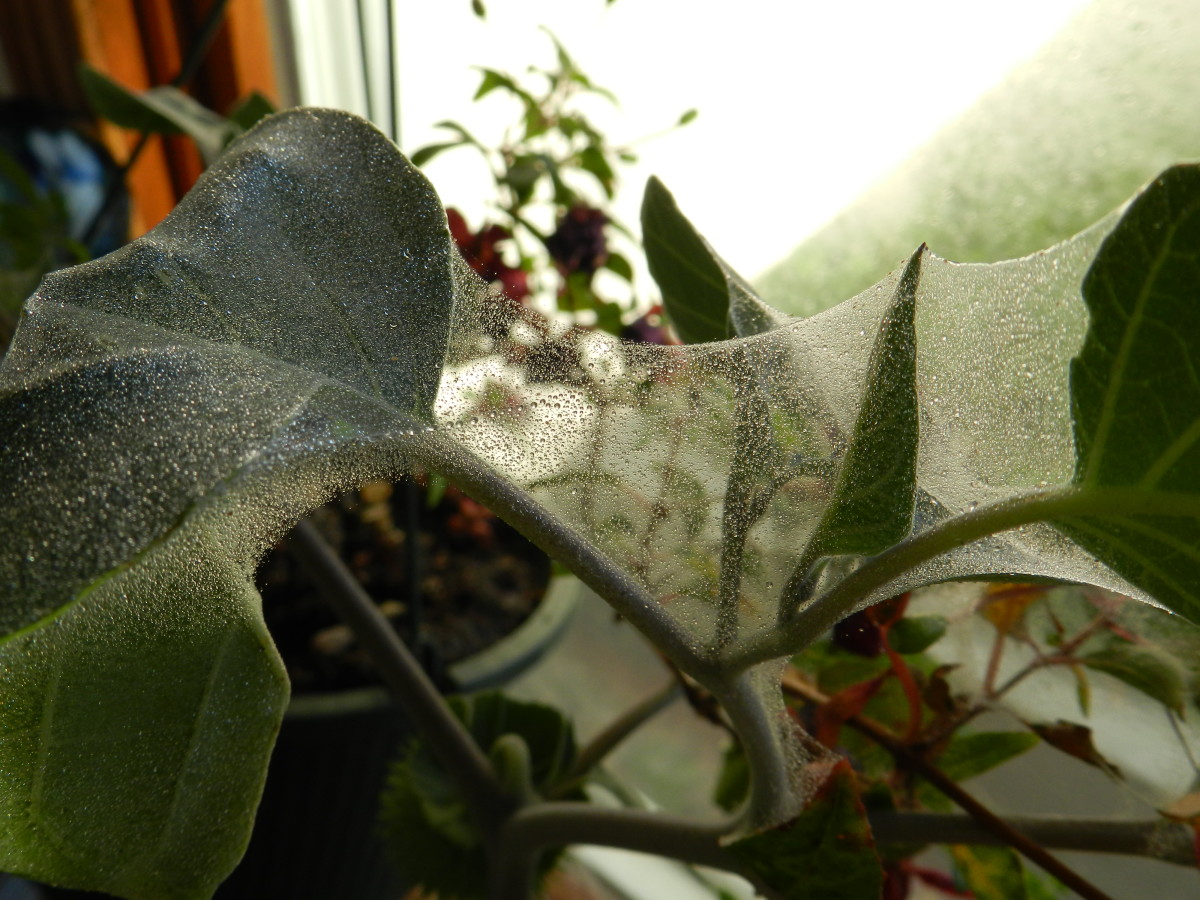
Cultural Control of Spider Mites
Cultural practices can be used to efficiently control spider mite populations and are similar to biological controls. No chemicals or applications need to be applied if cultural conditions are ideal for plants. Poor cultural conditions such as dusty, hot, and dry conditions are perfect for spider mite populations. Keeping plants watered, maintaining soil moisture, and having high humidity will combat spider mites. Watering at regular intervals and washing foliage down throughout the season will prevent ideal conditions for spider mites as well.
Regularly spraying plants with water reduces spider mite populations by knocking them off plants and subjecting the mites to drowning. Spider mite eggs can also be damaged and killed by regular spraying. Be sure to spray plants thoroughly with complete coverage. The undersides of leaves are perfect spots for spider mites to hide, so be sure to spray underneath the leaves as well.
Use insecticidal soap or neem oil if cultural control is not enough.

Neem Mixture

Insecticidal Soaps & Oils
Insecticidal Control of Spider Mites
Many people resort to insecticidal controls when outbreaks occur, but spider mites may actually benefit from insecticidal applications. Natural predators can be killed off using insecticidal applications and spider mite reproduction can be stimulated after certain chemical applications. Carbyl is a common chemical that is found in products like Sevin and has increased spider mite populations in laboratory settings. Organophosphates and pyrethoids can inadvertently help spider mites by increasing nitrogen levels in foliage. Application of insecticides during hot and dry conditions can cause large outbreaks of spider mites within only a few days after application.
Selective miticides are the best to use when controlling spider mites via chemical control. Insecticidal oils and soaps that contain petroleum-based products or plant-based oils such as neem, canola, and cottonseed oil can control spider mite outbreaks as well. Garlic extract, clove oil, mint oils, rosemary oil, and cinnamon oil can also provide control. Never use soaps or oils on plants that are heat stressed or lacking adequate water. Such applications should not be applied when temperatures over 90 degrees Fahrenheit. Oils and soaps can cause desiccation of foliage. Oils and soaps must contact and cover mites to provide any chance of control. One or more applications may be needed when using oils and soaps over a period of several weeks for an efficient kill.





